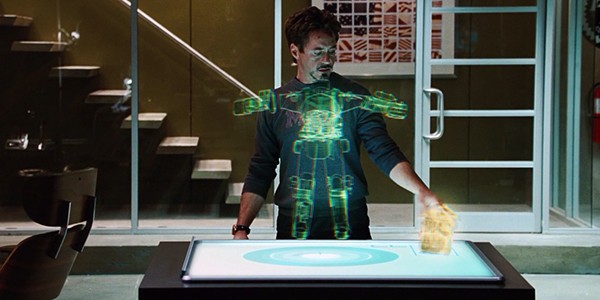

There have been a lot of limitations to Holography such as:
Poor image quality: Physical parameters such as coherence, SLM properties and others, make it technically difficult to create high quality holograms.
Non-colorful image: As different wavelengths requires different CGH, different electro-optical elements and a different optical system to control the propagation of the specific wavelength light.
Poor viewing angle: Due to large pixel size compared with the light wavelength, the optical power of an SLM is weak.
Small image size: There is an inherent tradeoff between the viewing angle and the image size.
Poor dynamic image: In order to calculate high quality digital holograms the conventional methods require an extremely powerful super computer.
Non interactive hologram: As the image appears between the user and the SLM, its location relative to earth would change per viewing position.
RealView on the other hand have found ways to overcome this by inventing a new system.
'RealView Imaging has managed to invent and develop a system that can receive volumetric stream such as 3D Ultrasound or any other static or stream of volume/s, convert it in real-time to interference patterns and project true holograms using these interference patterns. The holograms that are projected are with high resolution and quality, they are with full color and can be viewed from a very wide angle.' - http://www.realviewimaging.com/?page_id=156





 #
#


